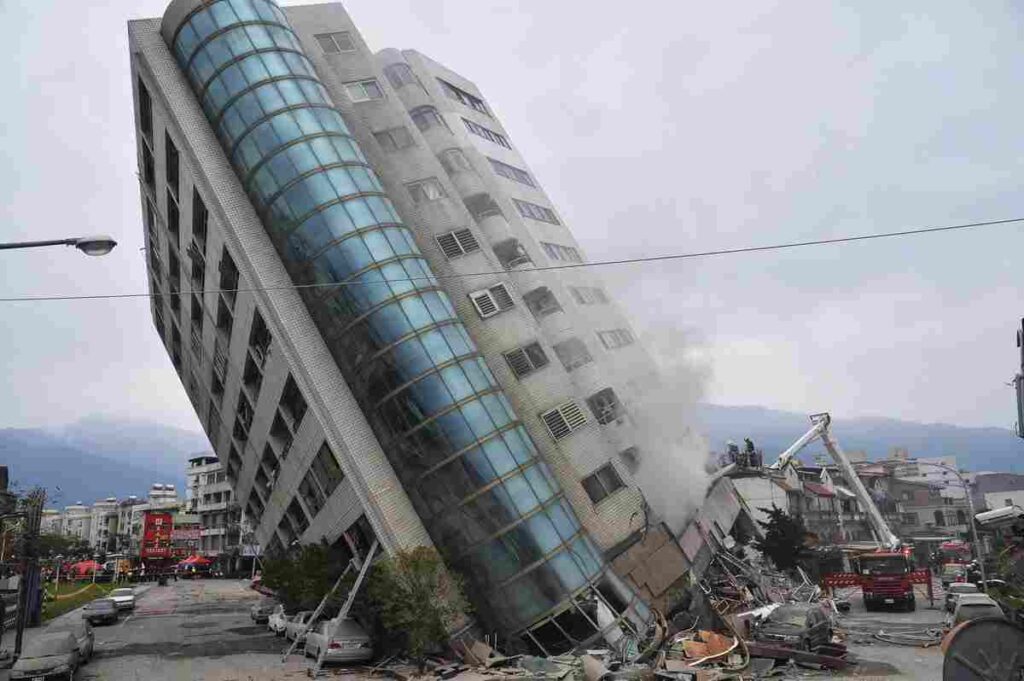Overnight and into Tuesday morning, Taiwan’s capital experienced a series of earthquakes, with the strongest being a magnitude-6.3 tremor originating in eastern Hualien, according to the Central Weather Administration.

Overnight and into the early hours of Tuesday, Taiwan’s capital, Taipei, was rattled by a series of earthquakes, leaving residents and tourists shaken. The Central Weather Administration reported that the strongest quake, measuring a magnitude of 6.3, originated in eastern Hualien, a region known for its seismic activity. This event followed a magnitude 5.5 tremor earlier on Monday evening, causing concern among locals and visitors alike.
Also Read:- Activist Greta Thunberg arrested at Hague Climate Protest
Witnesses recounted their experiences during the tremors, with reports of buildings swaying and unsettling noises echoing through the city. Olivier Bonifacio, a tourist staying in Taipei’s Da’an district, described feeling vertigo before realizing the ground was shaking. His account underscores the sudden and disorienting nature of earthquakes, even for those who may be accustomed to them.
The series of aftershocks and quakes culminated in two intense tremors striking around 2:30 am on Tuesday, further heightening anxiety among residents. The Central Weather Administration confirmed a magnitude-6.0 quake at 2:26 am, followed six minutes later by the stronger magnitude-6.3 event. These back-to-back tremors intensified the sense of vulnerability felt by those in affected areas.
The Hualien region, previously hit by a devastating magnitude-7.4 quake on April 3, remained on high alert. The earlier quake had triggered landslides, causing significant damage to infrastructure and claiming the lives of at least 17 individuals. Despite the recent seismic activity, the Hualien fire department reported no casualties immediately following the new quakes, providing a sense of relief to the community.
Taiwan’s susceptibility to earthquakes is well-documented, owing to its location at the convergence of tectonic plates. The April 3 quake, with its numerous aftershocks, served as a grim reminder of the island’s geological instability. However, Taiwan has made significant strides in disaster preparedness and response since the devastating magnitude-7.6 quake in 1999, which claimed thousands of lives. Stricter building regulations, including enhanced seismic requirements in building codes, have been implemented to mitigate the impact of future earthquakes.
Also Read:- Taiwan Earthquake: Devastation Strikes with Tsunami Threats
Moreover, widespread public awareness campaigns have contributed to better readiness and resilience among Taiwan’s population. These efforts, coupled with advancements in technology and early warning systems, have helped minimize the loss of life and damage to infrastructure in recent seismic events.
